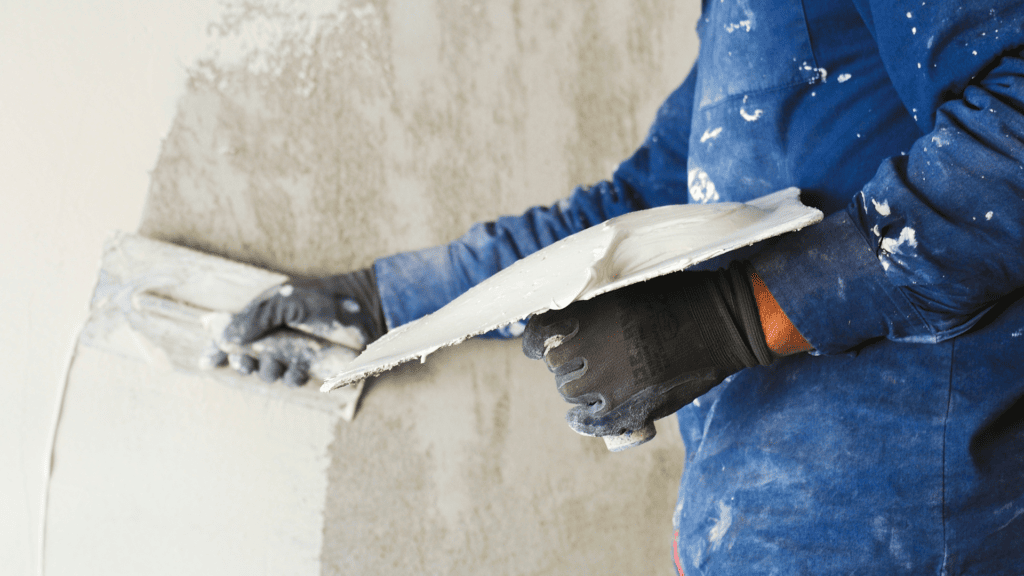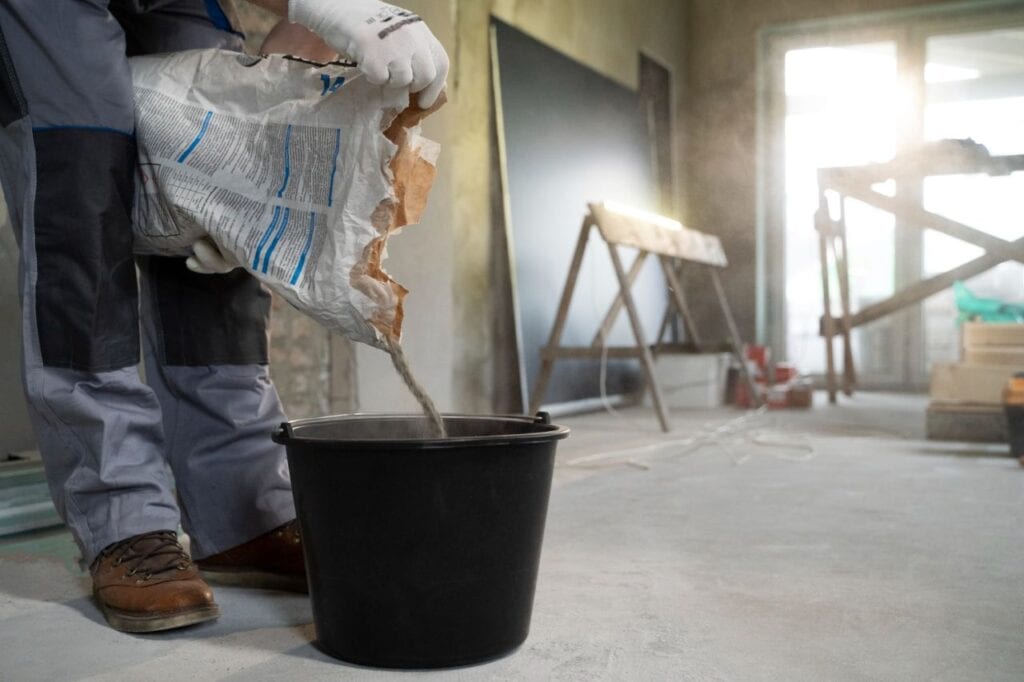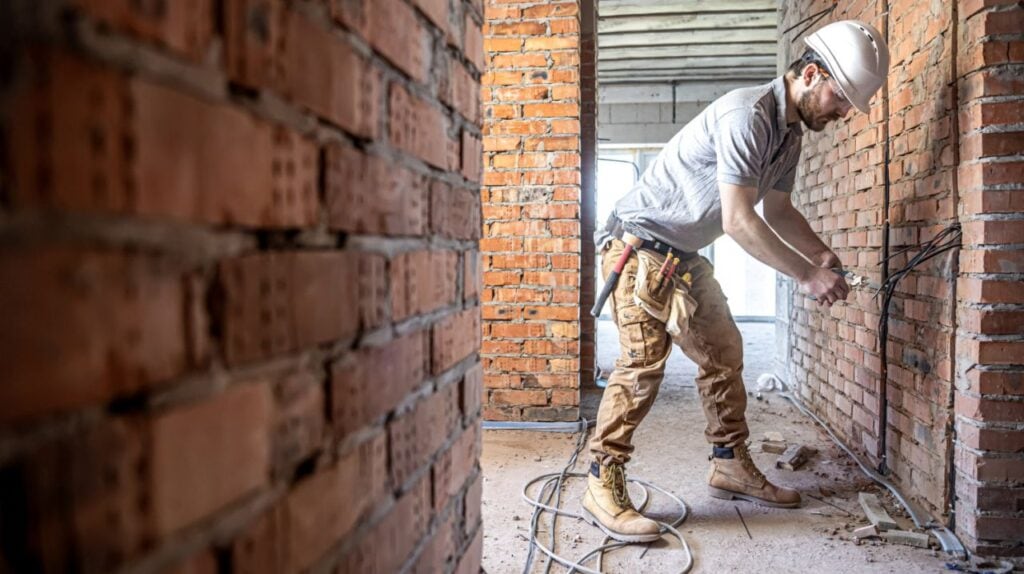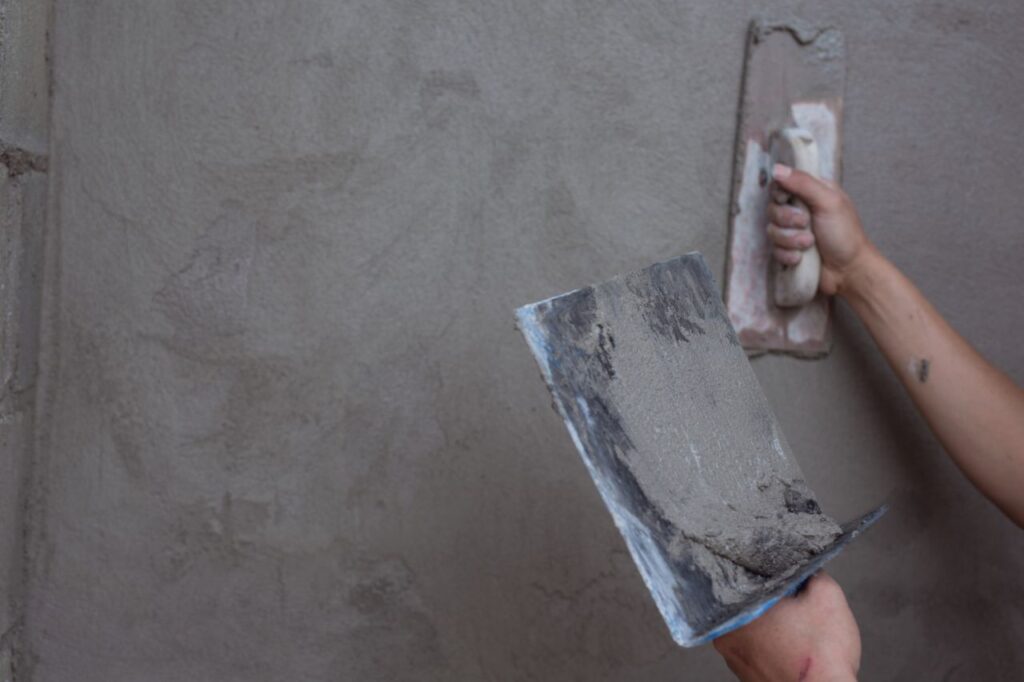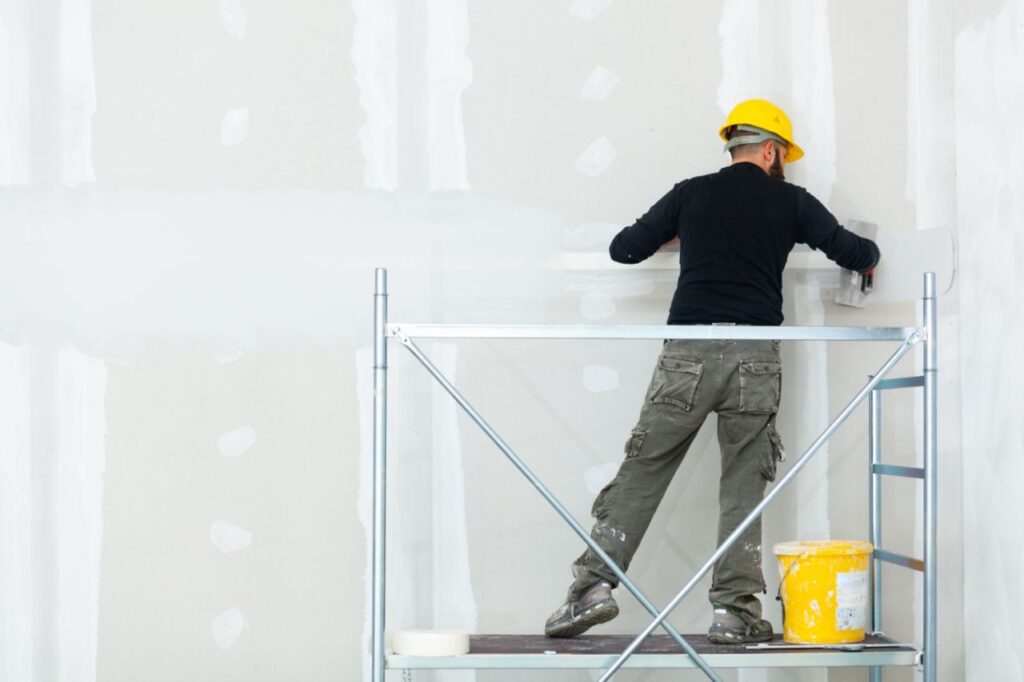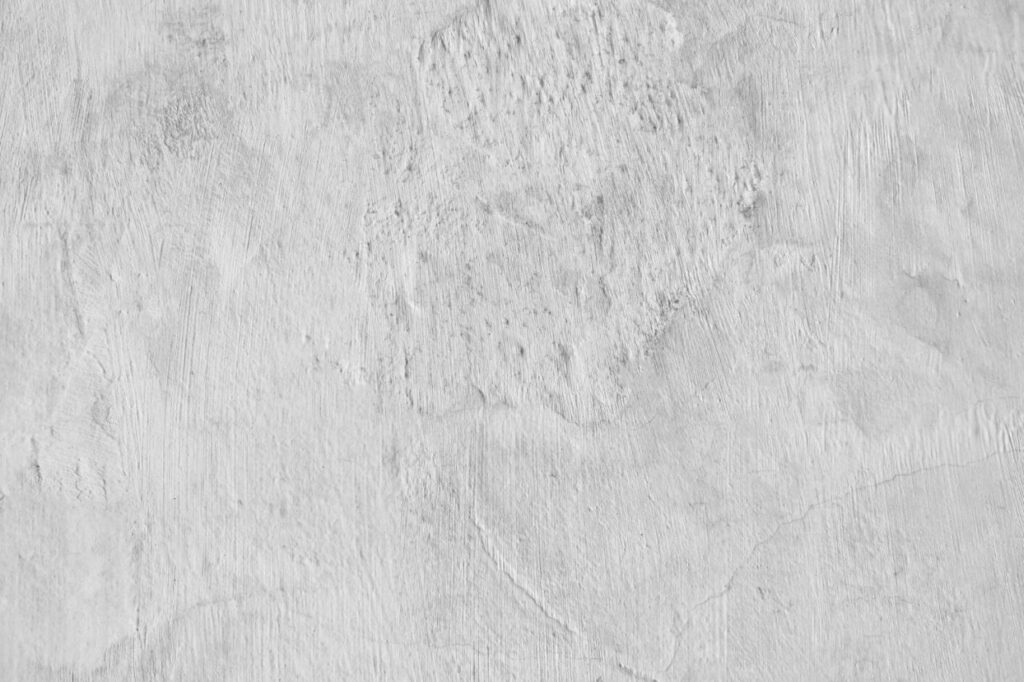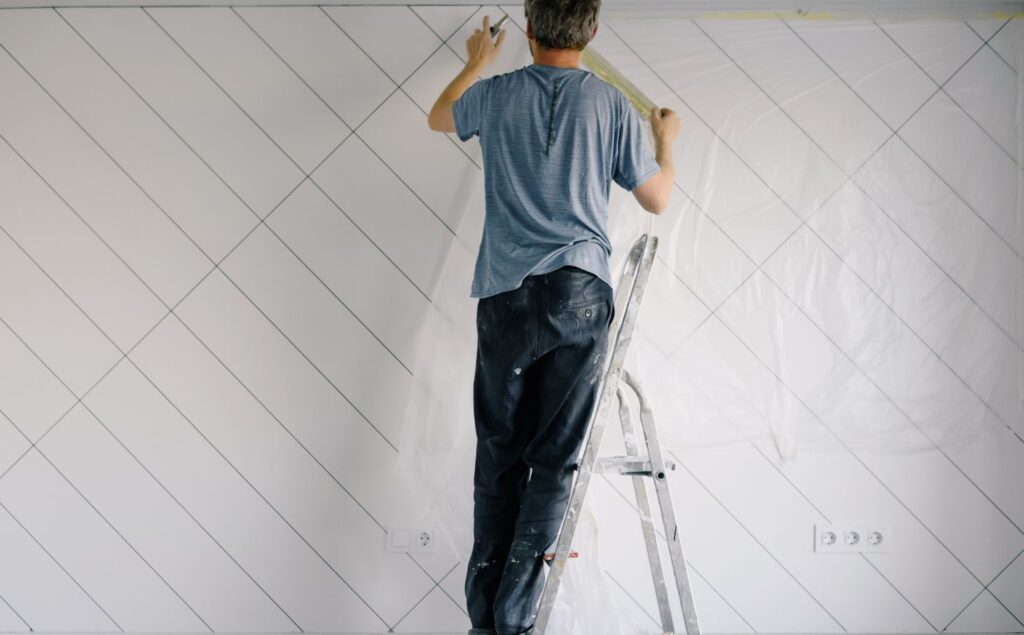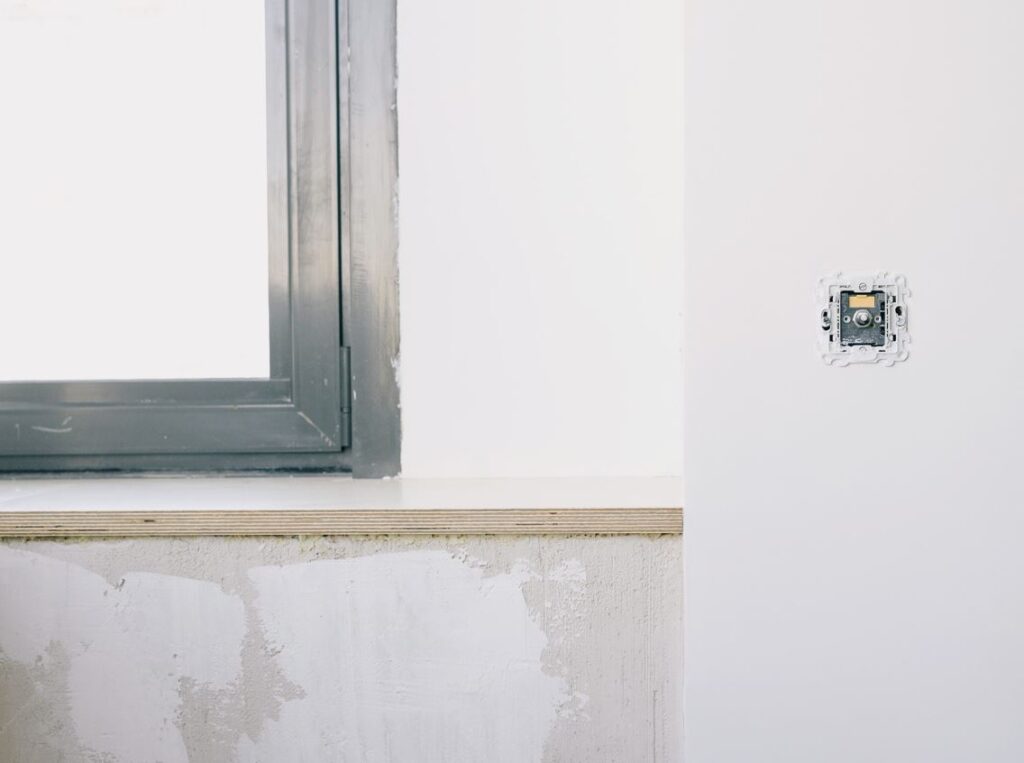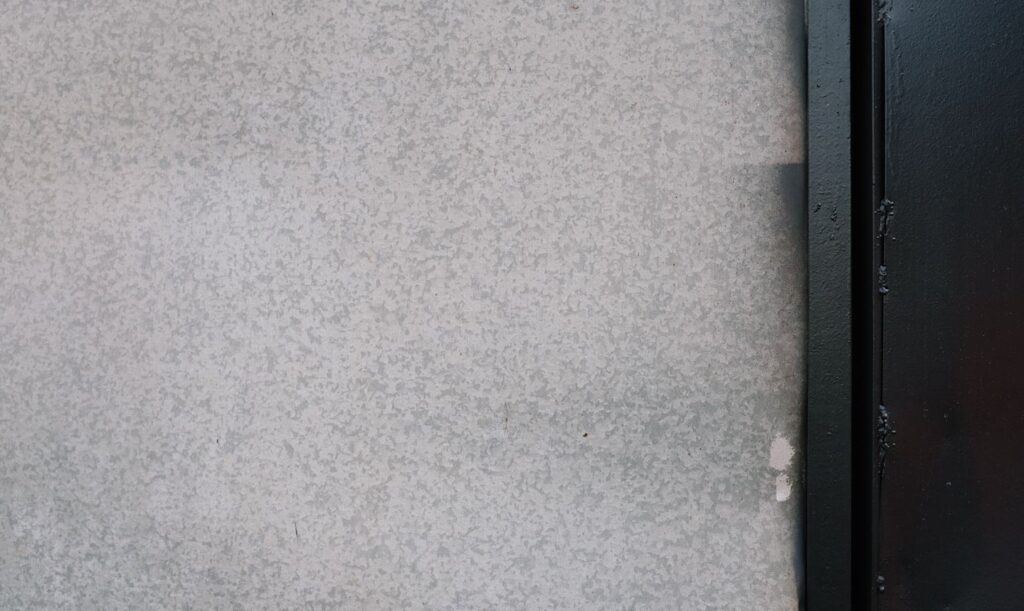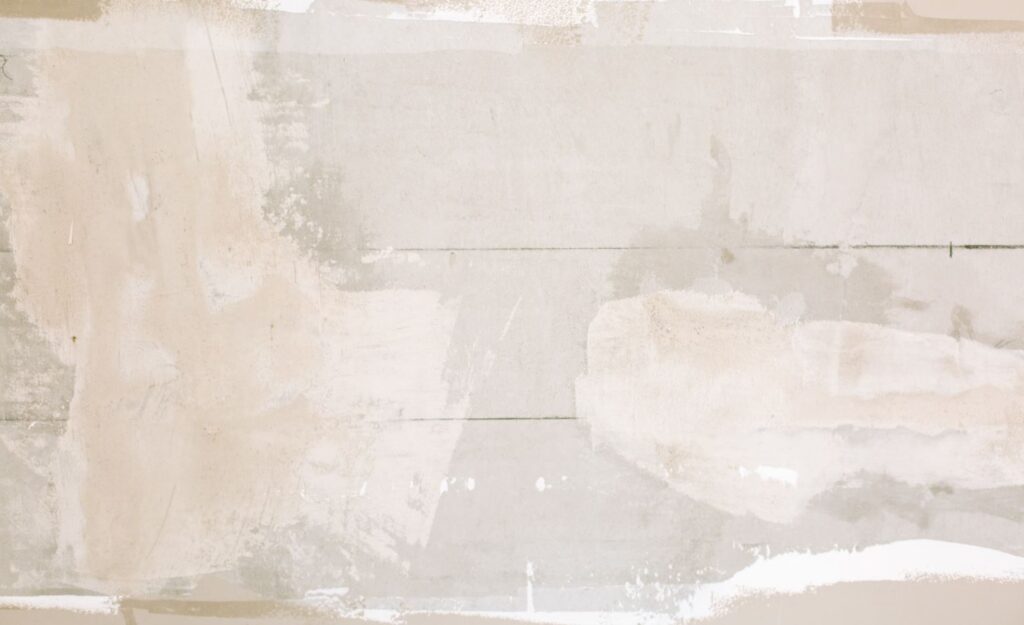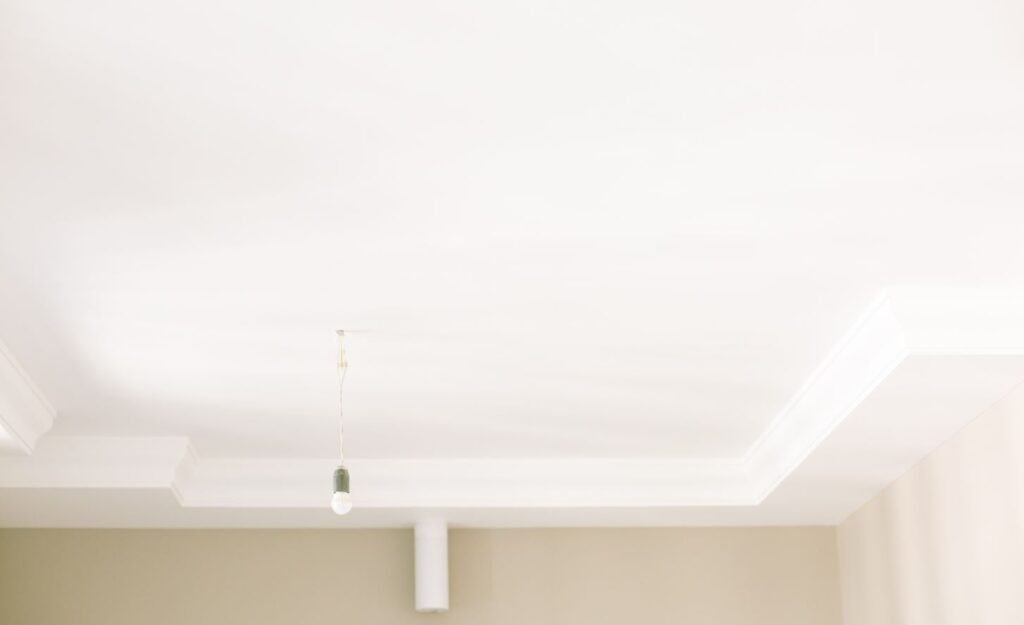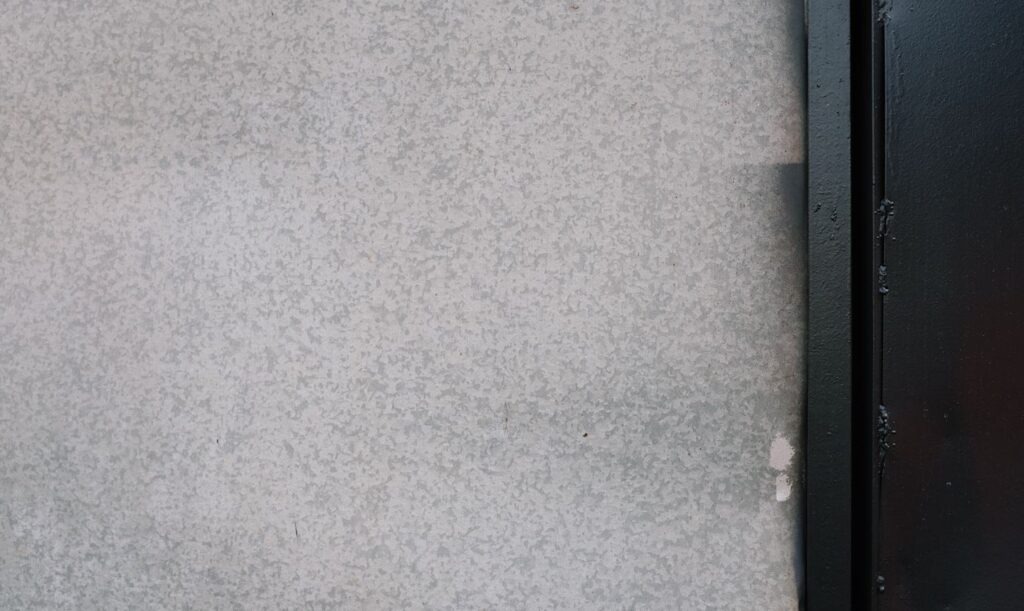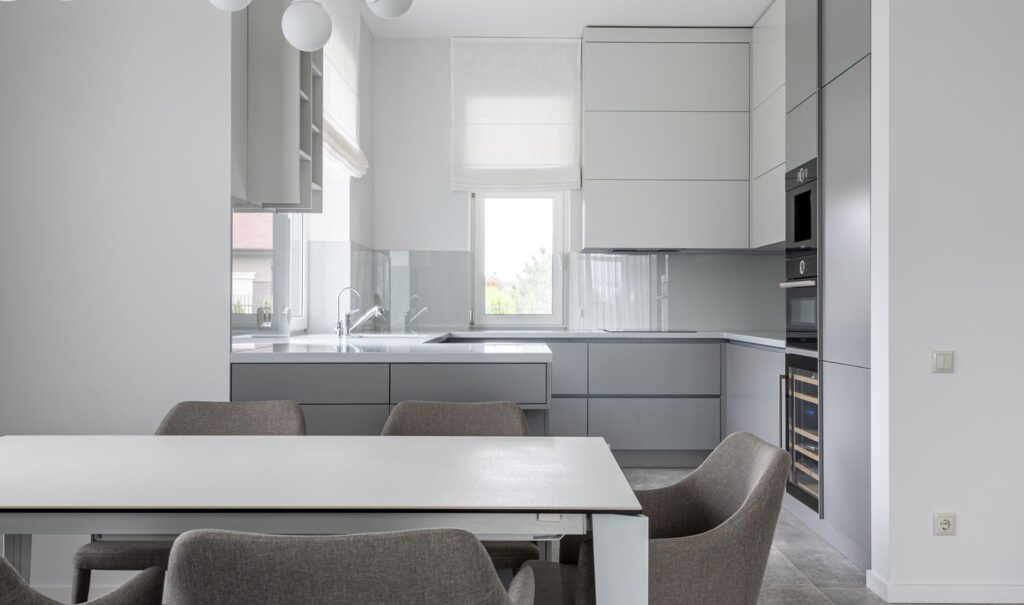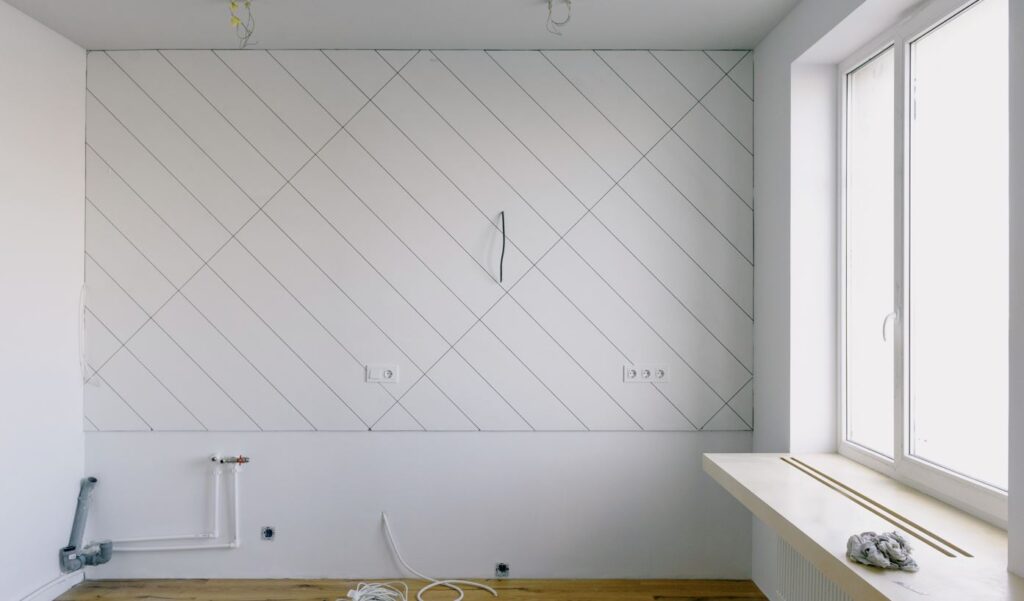Plastering is a common method used to cover walls, ceilings, and other surfaces with a uniform, smooth finish. Plastering with traditional methods can work, but it usually takes multiple coats and can crack or become damaged over time.
Many professionals and do-it-yourselfers have begun using mesh while plastering to prevent these problems and boost the longevity and reliability of the final product. In addition, plaster's reinforcement, strength, and adaptability can be further increased by embedding mesh.
Plastering with mesh has various advantages, such as higher strength and longevity, better adhesion, less cracking, and easier application. In addition, contractors can use mesh to create a high-quality, durable, and low-maintenance finish that stands up well to the test of time.
This blog will delve deeper into these advantages, explaining how the mesh works in plastering applications and why it's become a go-to material for professional builders and do-it-yourselfers. Achieving a high-quality, long-lasting plaster finish is possible when you understand how to reap mesh benefits, whether working on a little, do-it-yourself project or a large commercial construction job.
Plastering Mesh
Plastering mesh, also known as plaster mesh, is a reinforcing material used primarily in the plastering process for exterior and interior building decoration. As a result, the plaster's mechanical strength is improved, and this layer protects its surface.
Simultaneously, the plaster layer is greatly strengthened. Therefore, it has a much longer useful life prolonged due to the plaster mesh's improved integration with the plaster wall, forming a skeleton layer of plaster and putty. Bricklaying, Plaster mesh, thanks to its strength and durability, is also widely used as a reinforcement material in a wide variety of construction contexts, including but not limited to shoring up building foundations, repairing and reinforcing existing plaster, installing insulation and connecting roof tiles, and paving roads.
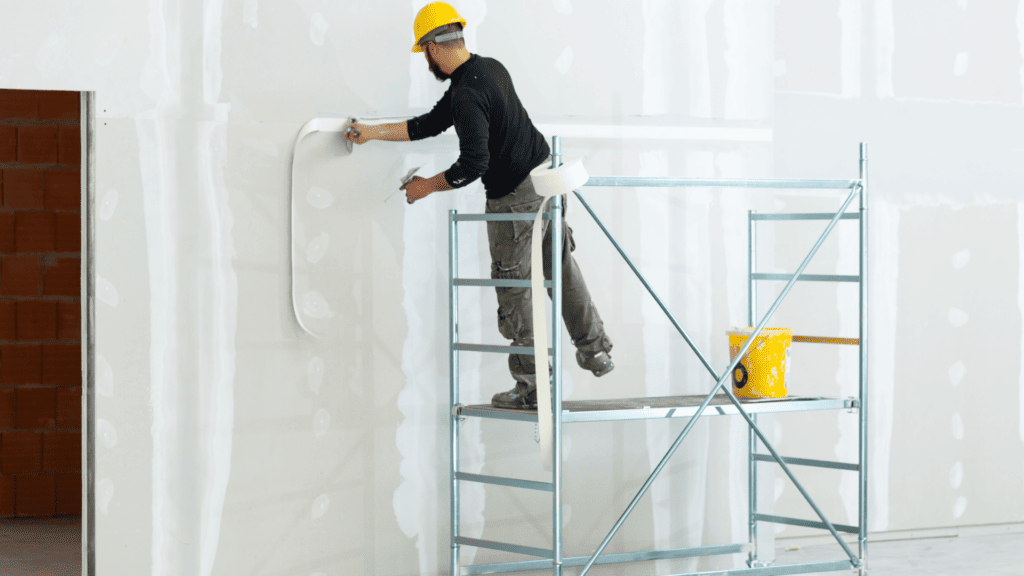
Types Of Plastering Mesh
There are many varieties of plastering mesh, each with its own set of advantages. Examples of common plastering mesh include:
Fibreglass Mesh
This type of mesh is extremely adaptable. It's versatile; it can be used indoors or outdoors; it won't rust or discolour your render; it forms an impenetrable barrier against pests and mildew; and it's flexible. However, although fibreglass mesh is a good all-around material, it lacks the enhanced strength of metal mesh and can be difficult to work with (gloves are recommended).
Metal Mesh
Metal mesh, whether woven (as in chicken wire) or welded (similar to how a single metal sheet can be transformed into a complex lattice), is the strongest material and should be used accordingly. This sturdy mesh is great for flooring or rendering in commercial and industrial settings.
The mesh provides a sturdy grid for your render to lock into, and it looks great stapled to the basement wall. However, it's more challenging to work with, and you should be on the lookout for moisture so it doesn't rust or oxidise and stain your render.
Mesh Tape
Mesh tape is typically woven fibreglass adhesive tape. Its most practical application is fixing things, but it can also prevent cracks at structural joints. Minor holes and cracks can be filled with plaster, but bigger ones must be reinforced. Plastering directly onto mesh tape is much easier than trying to work with other types of mesh or embedding them into the surrounding render.
Paper Mesh
Plastering mesh can be found in various forms, and paper mesh is one of them. Common applications include patching holes in drywall and laying down a foundation for plaster. While paper mesh can be used for smaller plastering jobs, it may not be up to the task for larger projects due to its lack of strength and durability.
Diamond Mesh
Diamond mesh is a special metal mesh that gets its name from the diamond-like pattern it features. Usually constructed from galvanised steel or aluminium, it offers superior strength and durability for thick coats of plaster. In addition, the diamond mesh can be trimmed and formed easily, making it a great choice for specialised plastering projects.
Plastic Mesh
Plastic mesh is your best bet when you need a sleek surface inside your home. This flexible and excellently crack-resistant material is much lighter and finer than metal mesh, and it works well for feature walls when used in conjunction with an acrylic render. It also helps keep the wall steady by distributing the weight of decorations like pictures and coat hooks. Of course, it's not bulletproof, but it's stronger than just plaster for this application.
Benefits Of Using Mesh In Plastering
Many plastering projects require using plastering mesh, which is a worthwhile investment for both amateurs and professionals alike. Plastering with mesh has many advantages, including:
Versatility
Since plastering mesh comes in many forms, it can be used for various plastering tasks. Plastering applications vary in size and shape, from minor repairs to major overhauls, and mesh can be cut to fit the needs of each.
Plastering mesh can be used on many surfaces, including bricks, concrete blocks, and drywall. This makes it a fantastic option for refurbishments and brand-new builds. In addition, stucco and other exterior finishes can benefit from the mesh's strength and durability when exposed to the elements.
Plastering mesh can be used on a wide range of substrates, from concrete and brick to drywall. This makes it a fantastic option for refurbishments and brand-new builds. In addition, stucco and other exterior finishes can benefit from the mesh's strength and durability when exposed to the elements.
Increased Strength
Plastering with mesh is common because it strengthens the finished product and lasts longer. The mesh is typically made of fibreglass, a strong and flexible material embedded in the plaster as it is applied.
Plaster applied over a mesh reinforcement layer increases that layer's resistance to strain and stress compared to plaster applied without the reinforcement. As a result, walls and ceilings made from this material will be less likely to crack under heavy foot traffic or during an earthquake.
The mesh also aids in preventing damage, such as cracking, which can develop with time, particularly in areas subject to temperature changes or moisture. In addition, the mesh serves to reinforce the plaster by evenly distributing stress and pressure, thereby reducing the likelihood of damage or failure.
Improved Adhesion
The enhanced adhesion provided by mesh is another significant advantage of using it in plastering. Whether the surface is flat or uneven, it can be difficult for the plaster to adhere when applied immediately.
A solid and long-lasting bond is formed between the plaster and the surface when using mesh as part of the plastering process. The mesh functions as an anchor, keeping the plaster in place and ensuring good adhesion.
If the plaster isn't applied properly, problems like peeling and cracking are less likely to occur because of the enhanced adhesion. In addition to enhancing the finish, this helps the plaster last longer by making it not easily damaged by use and the elements.
Reduced Cracking
Plastering with mesh has the added benefit of reducing cracking, which is a major advantage. However, small cracks in the plaster that develop over time due to using conventional plastering methods frequently lead to larger issues if they still need to be addressed.
Mesh, by providing extra structural support and reinforcing the plaster, aids in preventing the development of such cracks. In addition, plaster is less likely to crack or sustain other damage thanks to the protective barrier provided by the mesh, which spreads stress and pressure uniformly across the surface.
The walls and ceilings of heavily travelled areas benefit greatly from this, as they are constantly being subjected to movement and impact. In addition, contractors can save money on future repairs and replacements by installing mesh in these spots to keep the plaster from cracking.
Easier Application
Plastering with mesh is much simpler, especially for first-timers and do-it-yourselfers. Plaster is easier to apply evenly and without drips when the mesh is used as a base. An easier and more uniform final product may be the result.
Mesh, by providing extra structural support and reinforcing the plaster, aids in preventing the development of such cracks. In addition, the mesh serves as a barrier, preventing cracking or other damage to the plaster by distributing stress and pressure evenly across its surface.
The walls and ceilings of heavily travelled areas benefit greatly from this, as they are constantly being subjected to movement and impact. In addition, contractors can save money on future repairs and replacements by installing mesh in these spots to keep the plaster from cracking.
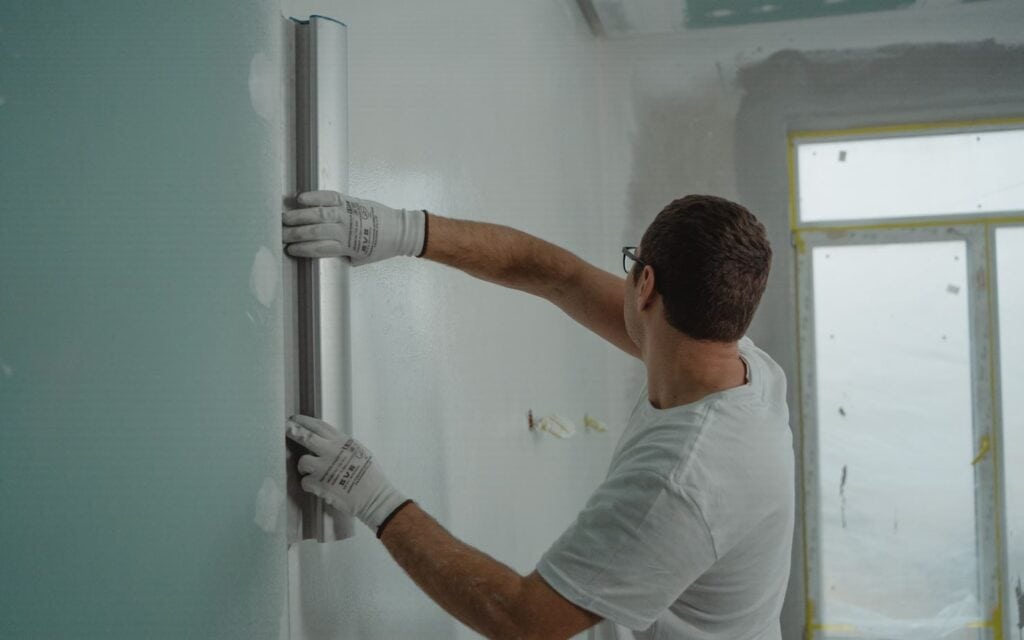
Things To Consider When Choosing A Plastering Mesh
To ensure you select the appropriate plastering mesh, keep the following in mind:
- A good mesh with the right-shaped opening must be obtained.
- Select a plaster mesh that can be used for either new construction or to repair damaged plaster or brick.
- When making fences, welded wire mesh is a common material choice. Farmers frequently weld it to the top of chicken coops as an extra security measure. Although this mesh is commonly used in cages, it is less effective than expanded metal.
- Choose fibreglass cloth mesh for any heavy-duty mesh application. Glass fibres are embedded in a polymer to create the fibreglass cloth mesh.
The polymer cures to form the fibreglass substrate, which is extremely tear-proof. They work even better when combined with fast-drying finishing compounds.
- When applying multiple coats of plaster to a surface, it is essential to use the right mesh. It is recommended to use twisted chicken wire instead of metal meshes because the linear thermal expansion coefficients differ between the mesh and the surrounding plaster. Expanded metal or welded wire mesh would not work here.
- Most plastering jobs call for light-type expanded metal, specifically diamond-shaped hole varieties. Its diamond-shaped holes create the ideal surface for the plaster coat, enhancing the adhesive's hold. Because of its high quality, it's frequently used in radiant floor heating installations.
- Choose a mesh with the appropriate surface density, as this is a good indicator of its performance. For instance, a mesh's surface density can range from 165.0 to 300.0 g/m2.
Since it is highly probable that the façade will be damaged by either natural causes or deliberate acts of vandalism, its highest density is deployed on the ground floor. For interior building and decorating, a density of 110 to 160 grams per square metre is adequate.
The size of the opening in fibreglass mesh is used to reinforce walls before painting or putting, in the case of extremely thin walls.
Common Plastering Mistakes To Avoid When Using Mesh
Plastering mesh has many potential benefits, but it is easy to undermine its usefulness by making a few common mistakes. Some examples of such errors are:
Incorrect Mesh Choice
The strength of your project could be compromised, or insufficient support could be provided if improper mesh is used. Therefore, it's important to consider things like the project's dimensions, the plaster being used, the expected Foot traffic, and other types of wear and tear.
Poor Quality Plaster
Plastering mesh can lose strength, crack, or even delaminate if you use low-quality plaster. Therefore, plaster supplies that are suitable for the mesh being used and give sufficient support and adherence are necessary.
Insufficient Coverage
The plastering mesh should be spread evenly across the surface to prevent weak spots or holes in the plaster that could compromise the strength of the final product. It's important to lay the mesh out evenly and ensure it reaches all edges and corners.
Poor Cutting Techniques
Plastering mesh can be rendered ineffective through improper cutting procedures, resulting in uneven edges and gaps in the plaster. Use only clean, sharp cutting tools and strictly adhere to all manufacturer guidelines when working with mesh.
Lack Of Maintenance
The plastering mesh may be built to last, but it still needs to be regularly maintained to serve its intended purpose. Maintaining the plastering mesh requires routine cleaning, prompt repair of any cracks or damage, and protection from moisture and humidity.
Improper Installation
Plastering mesh can only be rendered effective if installed correctly, leading to delamination, cracking, or other problems. For optimal support and adhesion, it's crucial to install the mesh in accordance with the manufacturer's guidelines.
Inadequate Preparation
The plastering mesh should be laid on a surface free of dust, debris, and other pollutants to ensure proper adhesion. In addition, the surface must be properly prepared before the mesh is installed to guarantee a strong, even bond.
Inadequate Drying Time
If you want optimum strength and adhesion after plastering mesh, give it enough time to cure. If the drying process is rushed, the mesh may crack, sag, or fail to perform as intended. Therefore, it is crucial to wait for the plaster to dry completely before sanding or painting it, as specified by the manufacturer.
Overlapping Mesh
Plaster finished with overlapping mesh may have lumps or uneven areas, which detract from the aesthetic and weaken the material. Ensure the mesh is laid out in a single layer with as little overlap as possible.
Inadequate Reinforcement
Plastering mesh is used to reinforce and support the plaster, but if it isn't strong enough, the plaster won't work. So for places that get a lot of foot traffic or bumps and bruises, it's very important to have the mesh put in to give optimum support and adhesion to the plaster.
Conclusion
Many professionals and do-it-yourselfers now employ mesh in plastering to make the finished product more durable and less prone to cracking and damage than traditional methods. There are many benefits to using mesh, including increased durability and lifetime, enhanced adhesion, decreased cracking, and simplified installation. Building foundations, existing plaster, insulation, attaching roof tiles, and paving roads are just some of the many construction uses for this versatile reinforcement material.
Different kinds of plastering mesh have different strengths that make them useful in different situations. There's plastic mesh, metal mesh, paper mesh, diamond mesh, and a few others. Although fibreglass mesh has a wider range of applications, metal mesh is more durable and better suited for flooring or rendering in commercial and industrial situations. Patching cracks in drywall and laying down a plaster base require paper mesh, while diamond mesh is a specific metal mesh with a diamond-like pattern.
Versatility, enhanced strength, higher adhesion, and decreased cracking are just some of the many advantages of plastering mesh. Because of its light weight and finer texture, acrylic render pairs well with it to create stable feature walls. Cracking and other forms of wear and tear can develop over time, especially in damp or chilly environments, which mesh helps mitigate.
In conclusion, plastering mesh is a good purchase for novices and veterans alike. Benefits include sturdiness, adhesion, and less likelihood of cracking. Homeowners can save time and money in the long run by learning about the advantages of utilising mesh in plastering. Plastering requires the use of mesh, which is essential for strengthening the plaster, reducing the likelihood of cracks, and producing a more consistent end result. The process of installation and upkeep is simplified, making it ideal for do-it-yourselfers and amateurs.
The right shaped opening, adequate plaster materials, and the right surface density are all important considerations when selecting a plastering mesh. Popular yet ineffective building materials include twisted chicken wire mesh and expanded metal. Radiant floor heating systems frequently make use of light-type expanded metal, particularly diamond-shaped hole variations.
Avoid these common blunders when plastering: using the wrong mesh, using low-quality plaster, providing insufficient coverage, using inappropriate cutting techniques, failing to maintain the plaster, installing the plaster improperly, not allowing enough time for it to dry, overlapping the mesh, and not using enough reinforcement. These mistakes can weaken the integrity of the project, reduce the durability of the plaster, and lead to costly repairs. Following manufacturer specifications, using clean and sharp cutting tools, and routinely maintaining the plastering mesh will yield the greatest results.
Content Summary
- Plastering with mesh enhances the longevity and reliability of the final product.
- Mesh reinforcement increases plaster's strength, adaptability, and durability.
- The mesh prevents cracking, ensuring a high-quality and low-maintenance finish.
- Mesh provides higher strength and longevity to plastered surfaces.
- Improved adhesion is a significant advantage of using mesh in plastering.
- The mesh acts as an anchor, keeping the plaster in place and ensuring good adhesion.
- Plastering with mesh reduces the likelihood of peeling and cracking.
- Mesh reinforcement evenly distributes stress and pressure, reducing damage.
- Plastering with mesh results in a more uniform and easier application.
- Fibreglass mesh is adaptable, and versatile, and forms a barrier against pests and mildew.
- Metal mesh is the strongest material, ideal for commercial and industrial settings.
- Mesh tape prevents cracks at structural joints and aids in minor repairs.
- Paper mesh is suitable for patching holes and laying down a plaster foundation.
- Diamond mesh offers superior strength and durability for thick plaster coats.
- Plastic mesh provides a sleek surface and is crack-resistant for interior use.
- Plastering mesh is versatile and can be used on various surfaces.
- Mesh can be used on bricks, concrete blocks, and drywall for refurbishments and new builds.
- Plastering mesh increases the resistance of walls and ceilings to strain and stress.
- Mesh reinforcement prevents cracking and damage caused by temperature changes and moisture.
- Mesh improves the adhesion between plaster and surfaces, ensuring a long-lasting bond.
- Plastering with mesh reduces the likelihood of cracks developing over time.
- Mesh evenly distributes stress and pressure, preventing damage to plastered surfaces.
- Plastering with mesh is simpler, resulting in an easier and more uniform final product.
- Choosing the right mesh with the appropriate-shaped opening is crucial.
- Plaster mesh can be used for new construction or for repairing damaged plaster.
- Welded wire mesh is suitable for making fences and securing chicken coops.
- The fibreglass cloth mesh is tear-proof and works well with fast-drying finishing compounds.
- Twisted chicken wire is recommended for applying multiple coats of plaster.
- Light-type expanded metal with diamond-shaped holes is ideal for plastering.
- Mesh surface density indicates its performance and suitability for different applications.
- Higher-density mesh is used for exterior building protection against damage.
- Mesh density of 110 to 160 grams per square metre is suitable for interior building and decorating.
- Fibreglass mesh with small openings is used to reinforce thin walls before painting.
- Incorrect mesh choice can compromise the strength and support of the project.
- Using low-quality plaster can diminish the effectiveness of plastering mesh.
- Proper coverage of the mesh ensures an even distribution of strength in the plaster.
- Clean, sharp-cutting techniques are essential for effective plastering mesh installation.
- Regular maintenance, cleaning, and repair are necessary for plastering mesh.
- Proper installation according to guidelines, is crucial for plastering mesh performance.
- Surface preparation is vital for ensuring proper adhesion of the plastering mesh.
- Sufficient drying time is necessary for the plastering mesh to cure and perform optimally.
- Overlapping mesh can lead to lumps and uneven areas in the plaster finish.
- Adequate reinforcement with mesh is crucial for areas with high foot traffic.
- Mesh provides optimum support and adhesion to the plaster in busy areas.
- Mesh reinforcement prevents the plaster from failing and enhances its strength.
- Using mesh in plastering minimises the occurrence of weak spots and holes.
Frequently Asked Questions About Plastering
Yes, the plastering mesh can repair damaged plaster by providing reinforcement and support to the weakened areas. However, it's crucial to ensure that the damaged area is properly cleaned and prepared before applying the mesh.
The purpose of using mesh in plastering is to provide additional strength, reinforcement, and support to plastered surfaces, preventing cracking and other forms of damage and improving the overall durability and longevity of the plaster.
Yes, the mesh can be used with most types of plaster, both for internal and external applications and on various substrates. However, choosing the appropriate type of mesh for the specific application and substrate is essential.
While using mesh in plastering is not always necessary, it can provide significant benefits in strength, durability, and crack prevention. There are alternative methods, such as using fibreglass or other reinforcing materials, but these may sometimes provide a different level of support and reinforcement than plastering mesh.
Installing plastering mesh is relatively straightforward, but following the manufacturer's instructions and using the appropriate tools and techniques is essential. It's also crucial to ensure the mesh is properly embedded in the plaster to ensure maximum strength and adhesion.

